PAEDIATRIC OPHTHALMOLOGY
Healthy eyes
from the beginning.
You can prevent a lifelong problem with timely testing.

Playful,
painless
diagnostics

Child-friendly
practice

Experienced
paediatric ophthalmologists

Our child’s eye sight is the most important
Taking care of children’s eye health is a serious responsibility, and protecting them needs to start at an early age. You can prevent a lifelong problemwith a timely eye examination.
Why is it important to pay attantion?
Vision problems of children can cause longer-term problems in addition to the immediate consequences. If your child’s vision is not good, depending on the nature of the complaint, he may experience the following issues:
- cannot see the board on the wall (well)
- cannot read and write well
- headaches from increased exertion
- eyes become red from squinting or excessive concentration
- more fatigued than his fellow students
Unrecognized and untreated vision loss leads to permanent damage, so-called amblyopia, which changes the combined vision of the two eyes, visual field, visual acuity and the ability to recognize contrasts. This can also lead to general complaints such as headaches and fatigue. Vision problems can affect the whole life of a child. It can set back their development, reduce school performance and significantly limit their future opportunities.
Childhood eye problems
As in the case of adults, children can also have a variety of eye problems. The most common of these are optical abnormalities such as myopia, farsightedness, astigmatism, strabismus and amblyopia.
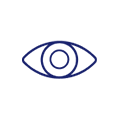
NEARSIGHTEDNESS (Myopia)
Treatment of myopia
Proper correction is essential
Diagnosis and treatment of myopia by a specialist is important not only to eliminate the current discomfort, but also to prevent the symptoms from worsening over time without correction. Myopia can interfere with a child’s ability to cope with everyday life and can also have a negative impact on their school performance.
How can myopia be detected?
The signs of myopia are difficult to recognise, as the child can see well up close but poorly at a distance. It can be a tell-tale sign if they squint at their surroundings.
Myopia often develops during school years, when it is a clear sign that the child is having trouble reading the text written on the board from the back of the classroom. In case of younger children, a sign of myopia may be holding toys too close to the face while looking at them and squinting at distant objects. The parents should also be suspicious if children are only willing to watch television from a close distance, as they may not be able to see the screen clearly from further away.
We can help you get your child’s vision back to perfection.
Make an appointment for an examination!
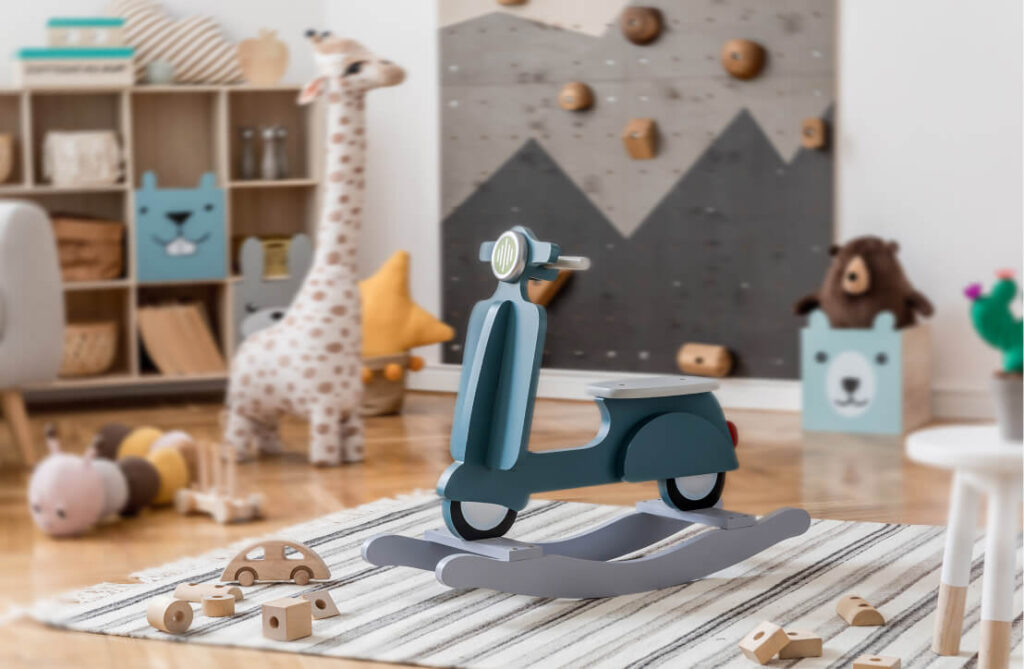
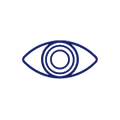
LONGSIGHTEDNESS (Hypermetropia)
Treatment of hyperopia
Hidden remote viewing can also occur
Recognition of farsightedness (hyperopia) in case of children is very important because it can lead to strabismus and amblyopia. As the child is constantly concentrating and straining his eyes, headaches can be a common complaint, affecting daily life and academic performance. It can often be difficult to detect hidden farsightedness because the child can see both near and far. Although it may not seem necessary at first, it can be important to wear glasses for hidden farsightedness, because without treatment, severe hyperopia can lead to strabismus.
How can hyperopia be detected?
As a parent, it is very difficult to determine whether a child has this type of visual impairment, so home observation can help with early detection, but it is not a substitute for a professional paediatric eye examination.
At a young age, the eye adapts very well, so distance vision can remain hidden. Suspicion may be aroused if the child’s eyes tire quickly when looking at close objects and if they complain of headaches.
As a parent, it’s worth paying attention to even the smallest complaints and even asking for an out-of-hours check-up. The specialist’s examination will also identify hidden hyperopia and its extent and recommend treatment.
We can help you get your child’s vision back to perfection. Make an appointment for an examination!
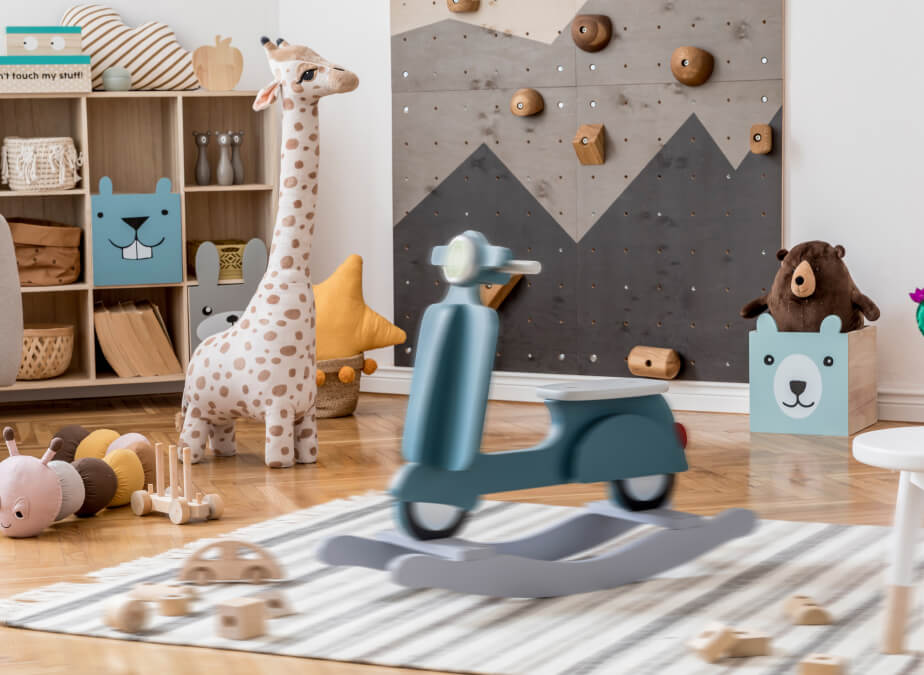
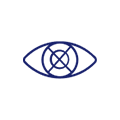
AMBLYOPIA
Treatment of amblyopia
Correctable before school age
Amblyopia develops in the first years of life and its early detection and treatment is essential to improve a child’s vision. With this vision problem, the child does not use both eyes equally. The weaker eye becomes lazy and perceives blurred images, which prevents the development of sharp and field vision. If the child receives timely and appropriate care, visual acuity can be improved.
How can you recognise amblyopia?
Here is a simple practical trick that could help the early detection of amblyopia even with babies. The test involves directing the child’s attention to a moving, coloured, dim light source and then alternately covering one eye and the other.
If they follow the light with both of their eyes, they probably have not developed amblyopia. However, if they become confused, fussy or do not follow the movement of the light source when one of their eyes is covered, a paediatric ophthalmological examination is definitely needed to confirm the actual condition of the child.
We can help you get your child’s vision back to perfection. Make an appointment for an examination!

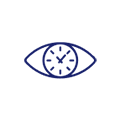
STRABISMUS
Treatment of strabismus
It cannot be delayed
The treatment of strabismus should not be delayed because it cannot be corrected and there is a serious risk that the child will develop amblyopia. Parents have a particularly important role in the early detection of strabismus, because if left untreated, strabismus becomes permanent, causing many problems later, not only at school but also in everyday life. The causes of strabismus are complex, ranging from genetics, eye or nervous system diseases, a febrile illness or even serious psychological trauma.
How to recognise strabismus?
One or both eyeballs move alternately and turn inwards or outwards, so we cannot tell which eye is looking which way. Parents have a huge responsibility to recognise the first signs of strabismus early, but the best way to be sure is to have your child examined by a specialist.
We can help you get your child’s vision back to perfection. Look after your children and have their vision checked regularly by a paediatric ophthalmologist.
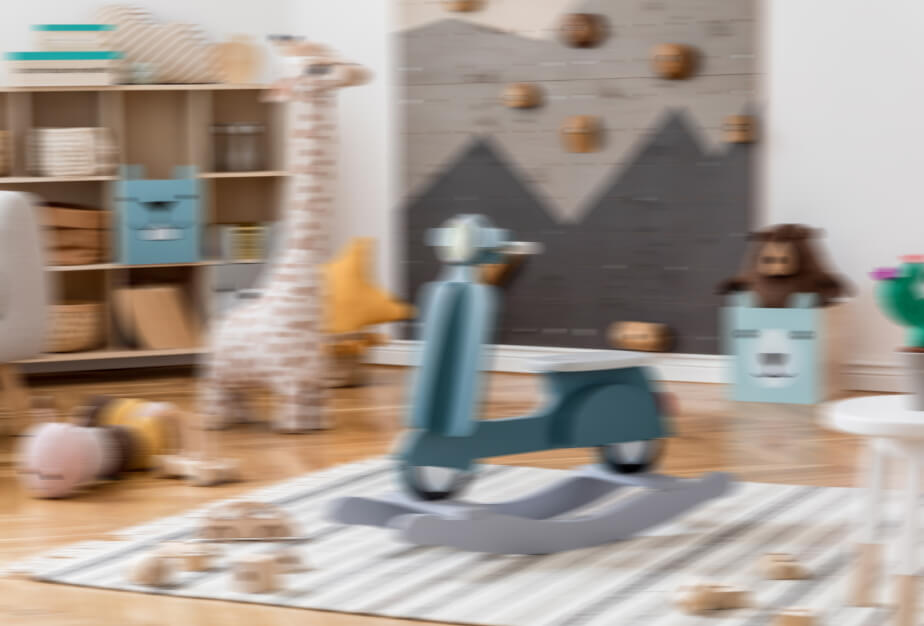
Look after your children and have their vision checked regularly by a paediatric ophthalmologist.
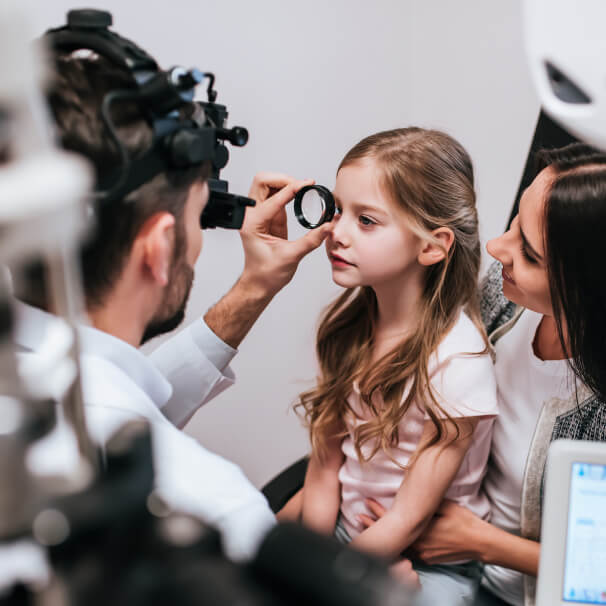
What happens on an examination?
During the general pediatric ophthalmological examination, we assess the condition of the eyes individually, using methods and tools suitable for the child’s age, without touching.
Our paediatric ophthalmologists check the following areas:
- the child’s visual acuity
- corneal and eye refractive power
- the front parts of the eye (eyelids, conjunctiva, cornea, pupil, lens)
- the condition of the fundus
- movement and position of the eyes (strabismus)
- colour vision and spatial vision where necessary
When to take your
child for an examination?
It is important and necessary to have a screening test from infancy, which may reveal other eye diseases in addition to refractive errors. If a vision problem is left untreated for a long time, the areas of the nervous system responsible for vision may not develop properly, which may not be correctable later on. It is also true for our vision that the earlier an eye disease is detected and treated, the better the chance of recovery.
Suggested appointments for an eye exam:
- 6 months
- 1 year old
- 3 years old
- Around 5-6 years old
- Every 2 years thereafter
Some childhood eye problems are hidden, so screening is recommended even if there are no complaints and no symptoms.
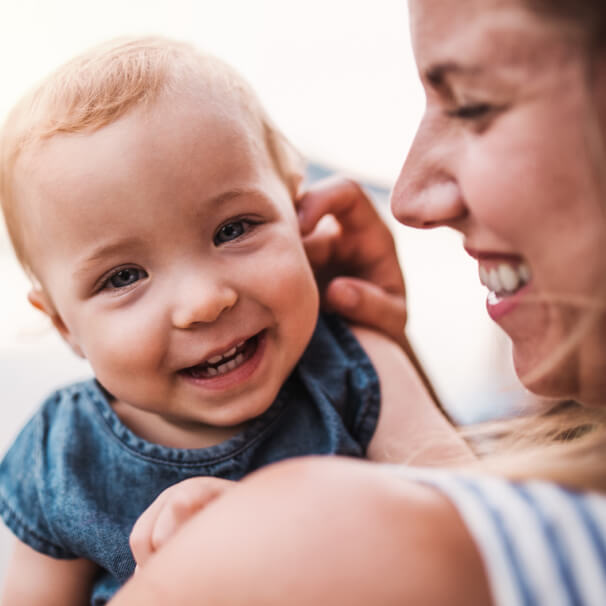
Look out fot the tell-tale signs
and ask for an appointment!
Children’s eyes are very adaptable, which can prevent the parents from finding out in time what is wrong with their kid’s vision. For them, the way they see is natural. What can we parents do for them?
Watch out for the tell-tale signs. Redness, discharge, tearing, frequent rubbing of the eyes, unusual and strange behaviour during games, looking at pictures too closely can be warning signs. Learning difficulties, misspelling letters and numbers, frequent headaches, fatigue, excessive activity or even a lack of activity can be a tell-tale sign.
Most refractive errors can be hereditary. If parents wear or have worn glasses as children, screening is of increased importance. Eye diseases detected early have a good chance of being cured. Amblyopia that cannot be corrected in any way in adulthood can be prevented by wearing prescription glasses at an early age.
Prices
Paediatric eye examination
30,000 HUF
We can help you get your child’s vision back to perfection.
Make an appointment for an paediatric eye examination.
Apply
"*" indicates required fields
Read more on this topic
Frequently asked questions
When should we have our child’s vision tested?
It is important to start testing as early as possible and to do it regularly.
The ideal times for an eye examination are: at 6 months, at 1 year, at 3 years, around 5-6 years and then every 2 years.
In paediatric ophthalmology, one of the most important aspects of the examination is to identify conditions that can only be treated at an early age.
Is a paediatric eye examination painful for your child?
The examination is not painful, our paediatric ophthalmologists do it in a playful and painless way. This involves both screening for common and less common vision problems and checking the overall health of the eye.
What is a child tested for at an eye screening?
The comprehensive examination covers the following areas: myopia, farsightedness, astigmatism, strabismus, correct pupil function, overall eye health and correct colour recognition.
What is myopia and how can it be detected?
It is a refractive error when a child has a blurred perception of distant objects but can see near objects clearly.
Typical tell-tale signs include squinting when looking at distant surroundings or holding toys too close to the eyes. Later in school, myopic pupils may not be able to see the text on the board clearly from the back benches, but it is not enough to deal with this by seating the child in the front benches.
What is hyperopia and how can it be detected?
It is a refractive error in which the patient has a blurred perception at both near and far distances, except in the case of children, where it may be hidden due to better adaptation, but may develop over time.
Headaches and eye fatigue can be a common complaint due to constant concentration and strain on the eyes. It is often hidden, however, because of the high adaptability of children’s eyes.
What is amblyopia and how can it be detected?
Amblyopia is when a child does not use both eyes equally. This causes the weaker eye to become lazy and only perceive a blurred image, thus preventing the development of sharp vision.
We focus the child’s attention on a moving, weak light source and then alternately cover one eye and the other. If this disturbs them every time the same eye is covered, there is a strong suspicion of amblyopia, which requires medical attention as soon as possible.
What is strabismus and how can it be detected?
In the case of squint, there is a lack of harmony in the functioning of the two eyes, they cannot focus on the same place, so they often switch or do not use both eyes, and spatial vision deteriorates.
It can be recognised by one or both eyes alternating between turning inwards or outwards, unable to tell which eye is looking where. It is advisable to consult a paediatric ophthalmologist at the slightest suspicion.
Does my myopic or hyperopic child need glasses?
Yes, because it improves the child’s vision, helps them to feel more confident and prevents the vision problem from getting worse, which can lead to strabismus or amblyopia.
How to detect latent hyperopia?
At our paediatric eye center our doctors use a specially developed eye drop to help make an accurate diagnosis.
Is there a cure for amblyopia?
Yes, but the time factor is critical: if the problem is diagnosed in early childhood and treated properly, it can be corrected. Amblyopia is difficult to treat after the age of 6.
Is there a cure for strabismus?
Yes, early detection of strabismus can be effectively treated and prevent the development of amblyopia.


